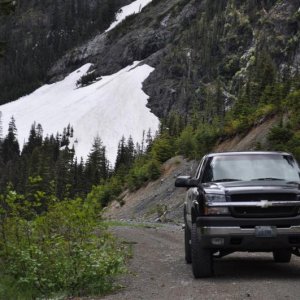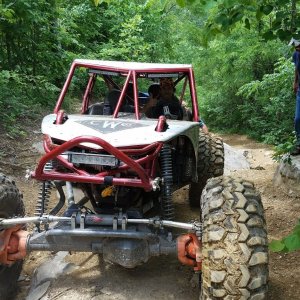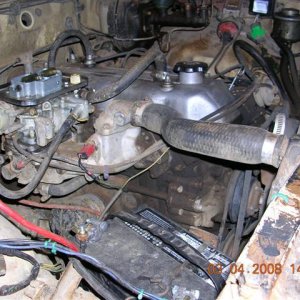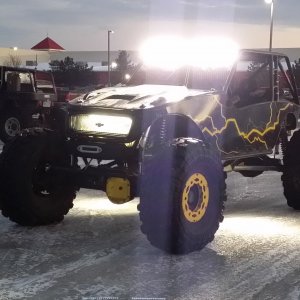What modifications do you make to the camshaft?
I know most machine shops and all the ones I have worked in use Delta around here and have very good luck with STOCK re-ground cams. Any cam changed from its original grind
can have problems which are discussed as follows.
This is a quote with which I agree wholeheartedly:
"In general, I'm a little leary about reground cams. They can be good if done right, but I hear lots of stories to the contrary. The shops regrinding them would of course never admit to such things, would tell you theirs are always right, and would likely besmerch me for implying otherwise.
To regrind a cam to stock specs is not hard. First any seriously worn cam lobes are welded up to be slightly higher than stock height. Then everything is ground down to slightly lower than stock height to expose all fresh materail. This leaves the base circle slightly smaller diameter than original, which is generally no problem, and can be taken up by adjustment of the rockers. It also leaves the entire cam lobe slightly smaller than original, scaled down by a few percent. A slightly sharper apex on the cam lobe can increase wear rate slightly, but that's not much of an issue by itself.
There are two ways to increase lift significantly.
One, all of the cam lobes need to be welded to be higher. If they are built up only on the tip they get to have a very sharp apex which can shorten lobe life significantly. Building up material on the flanks of the cam lobe would be prohibitively expensive, as all of the lobes would have to be welded up on all surfaces other than the base circle.
The second way to increase lift is to grind down the base circle significantly. This reduces the size of the entire cam lobe, also leaving it with a slightly sharper apex, which may wear faster. It also drops the tappet lower (at rest height), which can USUALLY be compensated for by adjusting rockers, but with wear in the valve train you might run out of adjustment range later.
To change cam timing, for instance trying to make a fast street cam from a stock cam blank, requires considerable welding to build up one flank of the cam lobe to relocate position of the lobe. That too is expensive, and subject to various possible discrepancies that can adversely affect operating life.
Given my druthers, I would rather have my new tappets riding on the ground surface of a virgin forging blank rather than on ground down welds.
The real kicker is that cams are hardened only on the surface, using either flame hardening or cyaniding. Either process only gives hardness a few thousandths of an inch deep in the surface. Flame hardening goes a little deeper, but must be done before the final grind. So the process is weld as necessary, rough grind, flame harden, and finish grind. Setting it up to grind twice is more expensive, so some shops try to shortcut and do all grinding only once after welding. If this is not done right you could end up having the hard surface completely ground away, and the soft cam could fail early in life. Cyaniding is done after grinding, but is much shallower and may not last as long before rapid wear sets in."









